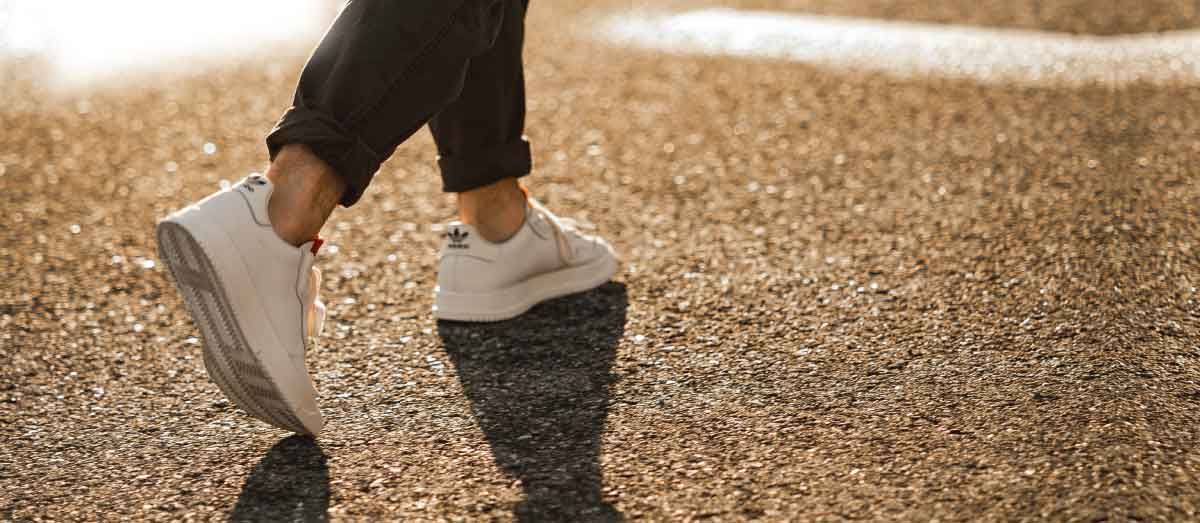
Walking Training Tips
If you have not walked distances for some time, you should start slowly. Increase the length and pace of your walk gradually. Here are some tips on how to get started and how to prepare for walking.
Always warm up.
Warming up is key to help reduce the risk of injury. You should warm up with 5–10 minutes of easy walking before breaking into a faster stride. After warming up, you should do a few stretching exercises.(Loosen your calves by standing with the ball of your left foot on a curb or step and your right foot flat on the ground. Lean but don’t bounce until you feel a stretch in your left calf, and hold for 30 to 60 seconds before repeating on the opposite side.
For your hamstrings, step your left foot forward, straighten your left knee, bend the right slightly, then hinge forward at your hips with your back flat. Stretch your arms overhead, reach forward, then slowly stand back up. Repeat five times on each side.
Use the correct technique
Walk at a steady pace, swing your arms freely and stand as straight as you can. Your feet should step in a rolling action from the heel to the toe.
Build up slowly.
9000 Steps per day is a goal, we are well aware that this may not be achievable for everyone straight away. If your plan is to increase your steps up to 9000 be careful to only increase one thing at a time. I you're trying to walk longer distances, don't try to also walk faster. Gradually adjust one variable of your walking at a time and then focus on another to reduce your risk of injury.
Stay consistent.
By maintaining a regular walking schedule, you will eventually turn walking into a habit and feel strange if you miss a workout. Consistency is the key to success and you’ll hit your 9000 quicker than you think.
Cool Down
Also take the time to cool down, after a long walk. Stretching after your workout is important. Repeat your warm up stretches.
That small act of self-care can go a long way in cementing your walk as an important accomplishment.)
Ultimately you need to listen to your body. If you experience pain, shortness of breath, dizziness, a cold sweat, or sudden changes in heart rate, do not push through. Stop and contact a healthcare professional.
Some other tips to help you reach your goal
Be prepared!
Getting everything ready the night before, especially if you’re a morning walker, can make it easier to get out the door in the time you’ve allowed.
Shoes and socks
Wear thick comfortable cotton socks. Sensible, comfortable and lightweight shoes with support are best.
Weather
Wear suitable warm, light clothing in the winter and cool, comfortable clothes in the summer. Don’t forget your sunscreen and hat. Don’t let the rain stop you, just grab a raincoat!
Water
Take water with you on your walk, especially in warm weather, be sure to drink water before and after your walk.